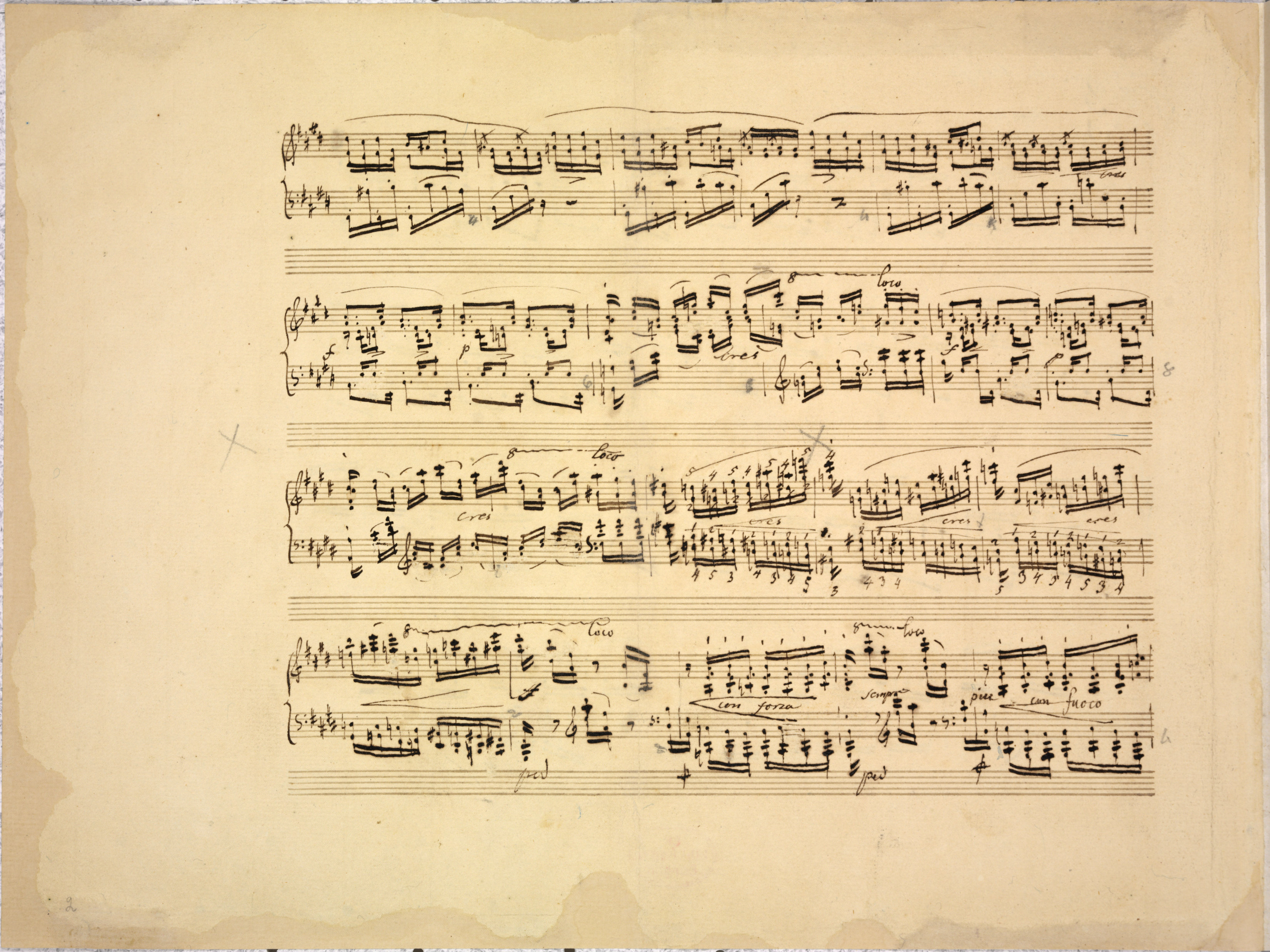




The seemingly incomplete rhythmic notation in bars 30-31 and 34-35 in AI is, however, understandable in the context of regular semiquavers in the L.H. Chopin did not always pay attention to the precise notation of the complementary voices, hence we present this notation without additions. This notation was clarified by Chopin himself already in A. The composer used an earlier notation, in which the extension to the next bar could be marked with a dot left at the beginning of that bar. In the main text we change this currently not used notation for the contemporary notation with the use of ties. Cf. the note concerning the L.H.
Compare the passage in the sources»
category imprint: Differences between sources; Editorial revisions; Corrections & alterations
issues:
notation: Rhythm





